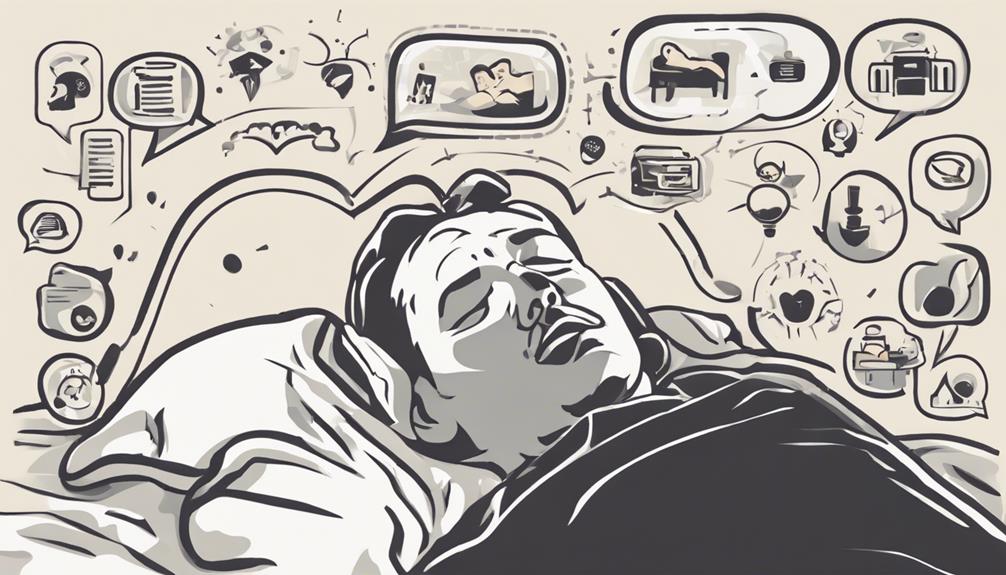Exploring the world of sign language, imagine these free books transforming into gateways that connect us to a universe of wordless conversations and animated gestures.
Each book holds a key to unlock the intricate beauty of sign language, but what lies beyond these pages is a tapestry of culture, communication, and connection waiting to be unraveled.
Join us as we explore the depths of these resources, not just as tools for learning, but as gateways to a world where hands speak volumes and hearts listen intently.
Key Takeaways
- Visual guide with 800+ ASL signs for effective learning.
- Insights into Deaf culture and community dynamics.
- Sign language's impact on cultural inclusivity and diversity.
- Exploration of sign language evolution and its influence on identities.
Visual Guide With 800+ ASL Signs
In our comprehensive visual guide with over 800 ASL signs, beginners can easily enhance their vocabulary and communication skills in American Sign Language. This resource is designed to support individuals new to sign language by offering a wide range of signs for learning and understanding ASL.
With a structured approach, the guide presents detailed illustrations and clear explanations to facilitate the mastery of basic ASL signs effectively. Each sign is carefully selected to provide a solid foundation for communication, making the learning process accessible and engaging for beginners.
Baby Sign Language Made Easy
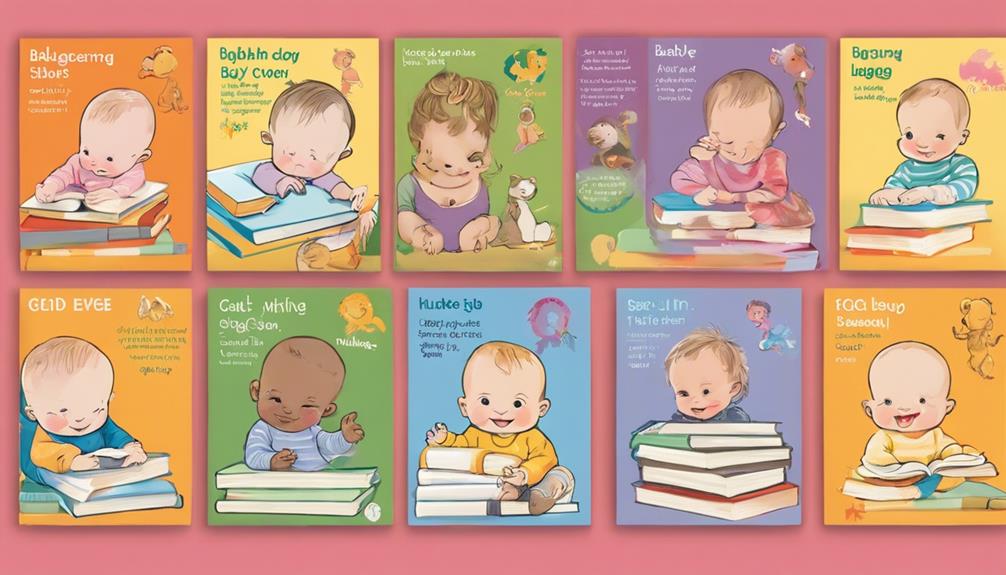
Navigating the world of baby sign language can be made remarkably accessible with the practical guidance and interactive resources found in *Baby Sign Language Made Easy* by Lane Rebelo. This book has garnered nearly 10,000 positive reviews, attesting to its popularity and effectiveness.
Here are some key points about why this resource stands out:
- Offers practical guidance, visual learning aids, and engaging resources for interactive learning.
- Provides a well-rounded approach to learning baby sign language with games, songs, and a comprehensive sign collection.
- Includes a how-to DVD and a quick reference guide for enhanced learning through multimedia resources.
- Equips parents and caregivers with 150 signs for effective communication with babies and toddlers.
- Ideal for beginners, this book makes learning sign language easy and enjoyable.
With the user-friendly approach of *Baby Sign Language Made Easy*, individuals can delve into the world of sign language and gain a deeper understanding of Deaf culture while fostering effective communication with young children.
Deaf Utopia: A Memoir
With profound insights into the vibrant tapestry of Deaf culture, 'Deaf Utopia: A Memoir' captivates readers with its intimate portrayal of the community's triumphs and challenges. This memoir delves deep into the emotional landscape of the Deaf community, offering a rich tapestry of experiences that celebrate the beauty and resilience found within. Through the lens of this memoir, readers are invited to explore the historical roots, cultural intricacies, and diverse perspectives that shape the Deaf way of life.
'Deaf Utopia: A Memoir' serves as a poignant tribute to the Deaf community, weaving together personal anecdotes and broader reflections that highlight the strength and unity present within this vibrant culture. As readers immerse themselves in the pages of this book, they gain a deeper appreciation for the complexities and nuances that define Deaf culture. This memoir stands as a powerful testament to the depth and richness of the Deaf experience, offering a compelling narrative that resonates with both heart and mind.
Everyone Here Spoke Sign Language
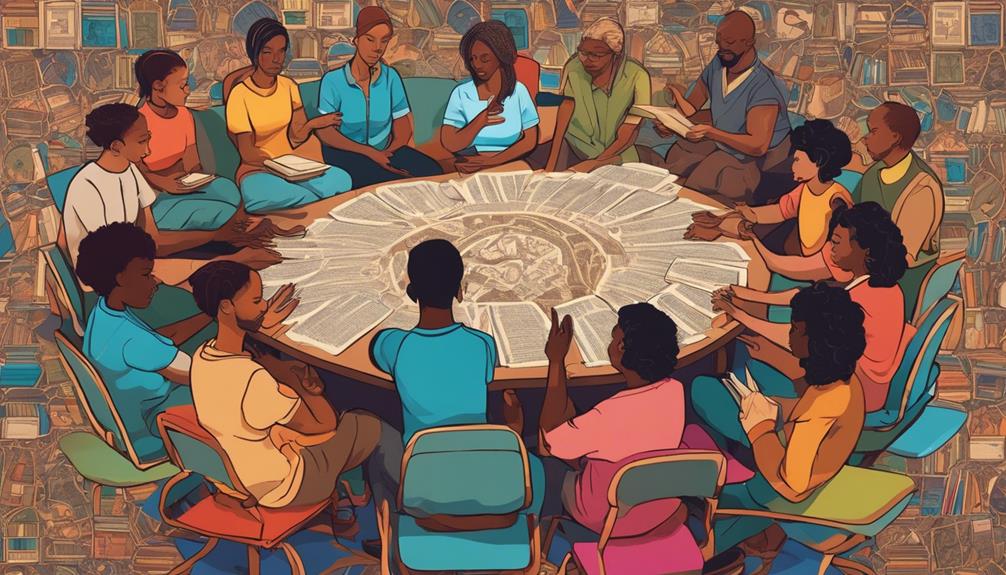
In 'Everyone Here Spoke Sign Language', readers are introduced to the historical origins and cultural significance of sign language within diverse Native American communities.
This book sheds light on how sign language served as a vital tool for communication and cultural exchange among different tribes.
It offers a fascinating glimpse into the linguistic diversity and adaptability of sign languages in various cultural contexts.
Historical Origins
Delving into the historical origins of sign language reveals a fascinating journey of human communication through gestures and expressions. Sign language has deep roots in various cultures and communities, shaping the way people interact and understand the world around them.
Here are some key points to consider:
- American Sign Language: Explores the development and structure of ASL.
- Deaf: Considers the pivotal role of the Deaf community in sign language evolution.
- Linguistic Studies: Discusses the complexity and significance of sign language in linguistic studies.
- Cultural Significance: Highlights how sign language influences cultural identities and communication norms.
- Early Origins: Traces back the origins of sign language among indigenous tribes and early human societies.
Cultural Significance
The profound cultural significance of sign language, particularly exemplified in Martha's Vineyard where 'Everyone Here Spoke Sign Language,' highlights the interconnectedness and inclusivity fostered by this shared mode of communication. In this unique Deaf community, both Deaf and hearing individuals utilized sign language as their primary means of communication, creating a rich tapestry of linguistic diversity. Through the shared language of signs, the community on Martha's Vineyard found unity, a sense of belonging, and inclusivity. The book 'Everyone Here Spoke Sign Language' delves into the resilience and strength of this community, showcasing the power of sign language in fostering connections and understanding. It sheds light on the profound impact of sign language on the social fabric and identity of Martha's Vineyard, offering a unique perspective on American Deaf culture and history.
| Dictionary | American | Learning |
|---|---|---|
| signs | signs | signs |
A Place of Their Own

Nestled within the vast landscape of online resources for beginners in sign language stands 'A Place of Their Own,' a valuable and comprehensive book offering essential lessons and interactive exercises to foster a strong foundation in sign language communication. This resource is a gem for those eager to delve into the world of sign language fun.
Here are some key features of 'A Place of Their Own':
- Free to access for all learners.
- Covers sign language basics, vocabulary, and grammar.
- Includes interactive activities and exercises for hands-on learning.
- Designed to support the learning journey of deaf and hard-of-hearing individuals.
- Available for free online, making it easily accessible to anyone keen on mastering sign language.
With its structured approach and rich content, 'A Place of Their Own' serves as a valuable tool for beginners embarking on their sign language learning adventure.
Forbidden Signs: American Culture
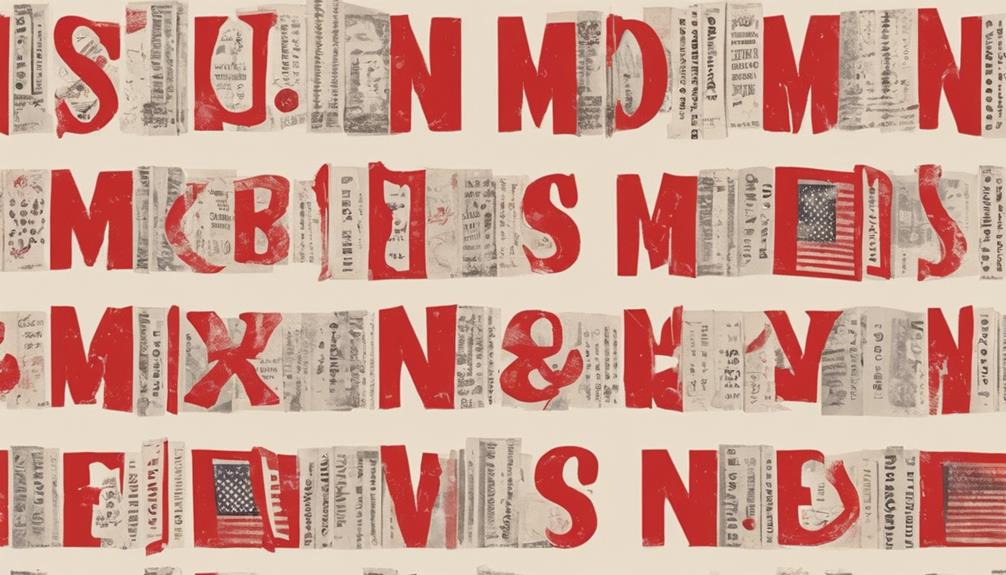
Entering the realm of 'Forbidden Signs: American Culture' unveils the profound impact of American Sign Language (ASL) suppression on the Deaf community and the broader societal landscape. Gallaudet University Press delves into the dark history of sign language suppression, highlighting the systematic banning of ASL in educational institutions and its cultural ramifications. The book sheds light on the resilience of the Deaf community in the face of adversity, emphasizing their ongoing fight for linguistic rights and recognition.
Through the narrative in 'Forbidden Signs,' readers gain insight into the struggles and challenges faced by Deaf individuals within a predominantly hearing-centric society. The work underscores the importance of preserving and celebrating sign language as a vital component of Deaf culture. It serves as a poignant reminder of the need to uphold linguistic diversity and support the Deaf community in their quest for equality and inclusion.
Deaf in America: Voices From a Culture
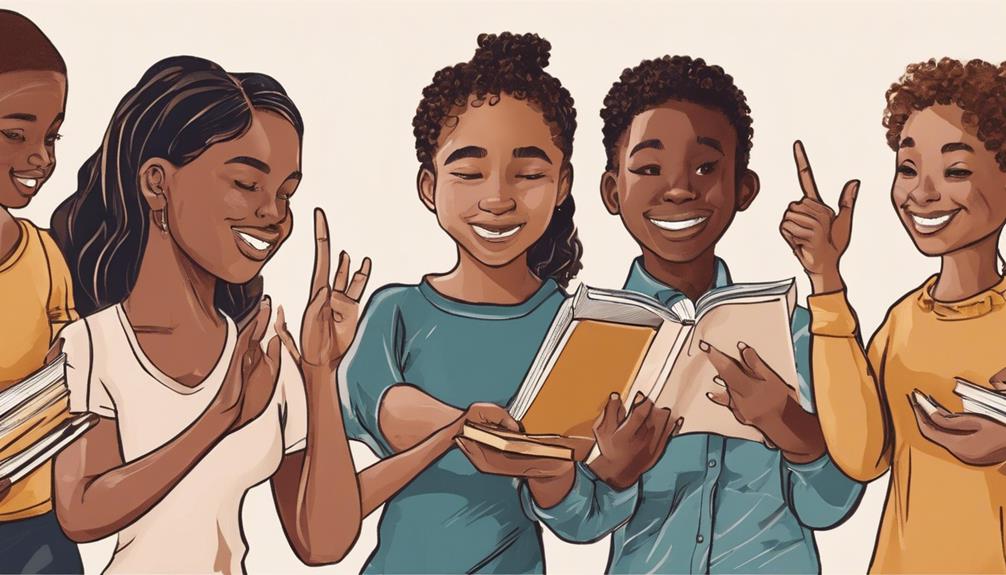
Exploring the vibrant tapestry of Deaf culture in America reveals a myriad of voices sharing their unique experiences and perspectives. 'Deaf in America: Voices From a Culture' is a renowned book that offers deep insights into the Deaf community in America. Here are some key points about this enlightening read:
- The book delves into the experiences, challenges, and perspectives of Deaf individuals.
- It provides a comprehensive look at Deaf culture, history, and identity.
- Readers gain a deeper understanding of the cultural richness and diversity within the Deaf community.
- 'Deaf in America' serves as a valuable resource for those interested in learning about the cultural aspects of Deafness in America.
- This book is a must-read for anyone seeking to broaden their knowledge and appreciation of the Deaf community's unique culture and contributions to society.
Frequently Asked Questions
How Can I Learn Sign Language for Free?
We can learn sign language for free by exploring online platforms like:
- ASL Connect
- ASL.ms
- ASL Nook
- ASLOnline
- Start ASL
Utilize resources from various sources such as:
- National Association of the Deaf
- ASL Tales
- ASL University
- ASLTA Member Directory
- Deaf Teaching Hearing Series STARS Nashville
Access ASL dictionaries and tools like:
- The Gallaudet Children's Dictionary of American Sign Language
- Signing Savvy
- Info to Go for reference and practice.
Are There Any Free Sign Language Courses?
Yes, there are free sign language courses available online from reputable sources such as ASL University and Start ASL. These courses provide structured lessons on sign language basics, vocabulary, grammar, and deaf culture.
ASL Connect from Gallaudet University also offers free introductory videos and interactive lessons for beginners.
Sign Language 101 focuses on building sign language skills and proficiency, while ASLPro.cc provides classes for individuals to learn ASL at their own pace.
What Is the Best Sign Language Book to Learn From?
We believe the best sign language book for learners offers clear instructions, helpful photographs, daily lessons covering essentials like letters, numbers, vocabulary, grammar, and deaf culture. Positive user reviews indicate effectiveness.
We recommend lessons under 30 minutes to maintain engagement, especially for children. Supplementing with visual resources like YouTube can enhance the learning process.
Choosing a comprehensive book that caters to various learning styles is key to successful sign language mastery.
Can I Self Teach Sign Language?
Absolutely, we can self-teach sign language! It's like embarking on a journey where each step brings us closer to fluency. Through dedication and practice, proficiency grows over time.
With resources like books, online tutorials, and apps, we've the tools to learn at our own pace. Engaging with online communities adds support and opportunities for interaction.
Conclusion
In conclusion, these 7 free sign language books for beginners offer a wealth of knowledge and resources for those starting their ASL journey.
With a mix of foundational learning, vocabulary enhancement, and cultural insights, these books provide a solid foundation for building signing skills.
So, grab a book, dive in, and let's get ready to rock our signing skills!


